The Black Chicago Renaissance
The
Black Chicago
Renaissance
Edited by DARLENE CLARK HINE and JOHN McCLUSKEY JR. MARSHANDA A. SMITH, Managing Editor
THE NEW BLACK STUDIES SERIES
Edited by Darlene Clark Hine
and Dwight A. McBride
A list of books in the series appears
at the end of this book.

2012 by the Board of Trustees
of the University of Illinois
All rights reserved
Manufactured in the United States of America
1 2 3 4 5 C P 5 4 3 2 1
 This book is printed on acid-free paper.
This book is printed on acid-free paper.
Library of Congress Cataloging-in-Publication Data
The Black Chicago Renaissance / Edited by
Darlene Clark Hine and John McCluskey Jr.
pages cm(The New Black Studies Series)
ISBN 978-0-252-03702-3 (hardback)
ISBN 978-0-252-07858-3 (paper)
1. African American artsIllinoisChicago20th century. 2. African AmericansIllinoisChicagoIntellectual life20th century. 3. Arts and societyIllinoisChicagoHistory20th century. 4. Chicago (Ill.)Intellectual life20th century.
I. Hine, Darlene Clark, editor of compilation. II. McCluskey, John, editor of compilation.
NX512.3.A35B595 2012
700.8996073077311dc23 2012014384
Contents
J. M. MAHLUM |
DARLENE CLARK HINE |
CHRISTOPHER ROBERT REED |
SAMUEL A. FLOYD JR. |
CLOVIS E. SEMMES |
HILARY MAC AUSTIN |
ELIZABETH SCHLABACH |
JOHN McCLUSKEY JR. |
DAVID T. BAILEY |
JEFFREY HELGESON |
ERIK S. GELLMAN |
MURRY N. DEPILLARS |
In Memory of Dr. Murry N. DePillars
(December 21, 1938May 31, 2008)
Dedication
Murry N. DePillars made a unique contribution to this volume. Dr. DePillars historicizes both artistic creations and the shapers of the Black Chicago Renaissance in ways that differ from those of several writers in the volume. Rejecting the more common 193250 period as defining the Black Chicago Renaissance, DePillars identified two waves or cycles that shaped the contributions of visual artists to the Black Chicago Renaissance, 191441 and 194160. The question of periodization will continue, especially the precise beginning and end points, as it will in defining any renaissance anywhere. However, Dr. DePillars supports his claims by introducing a comprehensive roster of African American artists who were born, lived, or studied in Chicago. In form and intent, his essay approaches the encyclopedic.
Murry DePillars limits his theorizing about a Chicago School of African American visual art. Rather he introduces contemporary readers and scholars to those artists who were recognized nationally and internationally during the first half of the twentieth century for their talent and commitment to representing black people as they lived their specific realities. With equal verve and insight, DePillars introduces those who have been dismissed, neglected, or forgotten by art and cultural historians. John McCluskeys several marathon-length conversations with DePillars demonstrate clearly DePillarss capability of writing a distinguished book-length work, or two, on this period had he chosen to do so. DePillarss essay highlights the works of individual artists and the political and social contexts of their compositions. He was determined, as he often said, to shake the trees for others to help gather the fruit for closer individual examinations in the future. And shake he did! We dedicate this anthology to the memory of friend, collaborator, and inspiration Dr. Murry N. DePillars.
Tucked away in the footnotes of jazz history, [Lil] was an afterthought to the life of her husband, Louis Armstrong
JAMES DICKERSON
Lets Call It Love
J. M. MAHLUM
I: Just for a thrill, you changed the sunshine to rain
The blue sounds of Memphis
the bent chords and flattened
thirds, fifths, and sevenths;
the robust riffs that sway the night into
night caps
cigarettes &
negligence
ease past W. C. Handys house,
Father of Blues and St. Louis Blues too
and spill down the blocks of Beale Street
past pearl-draped girls with swept-high curls,
gentlemen with slurred words, and laughs
laced with absinthe and whiskey, where
classically-trained, nine-year-old Lil,
(never Lillian),
waits to hear and pocket its rhythm
before Dempsey (her mother) can slam
the windows, muffle the devil, and pane the sin.
II: You made my heart stand still
Dempsey demands [music lessons]
decides [Chicagos cold would
dampen even the devil]
and disowns [not yet]
Lil shelves sheets of
Fare thee-honey Blues,
Moonlight Echoes &
Goodnight Angeline
scaling their melodies across
invisible ivories that tangle her thoughts
in clefs and chords, notes only she can hear
even the silence has cadence.
Rumors propagate like peat fire
beneath employee
blatherings
smoke breaks &
solicitude
at State Streets Jones Music Store, south side:
whisperings about
a new New Orleans Creole Jazz Band;
a meeting between Ms. Jones and Lawrence Duh;
and an audition.
The wind shuffles Lils worries: swish
swoosh ah, swish swoosh ah;
optimism flits, severs free.
She sits at the black-buttoned bench
with feigned moxiecomposing confidence
with each inhale like she composes
harmonies in her hums
and swivels her slender frame toward
the songless mantle: eighty-eight rectangles
polished and primed.
What number are [we] playing
and what key is it in?
Key? What key? Lawrence said.
When you hear two knocks just start playin
III: To me, you were my pride and joy
Lils fingers hover hungry above the
parallels of stacked black, sharp with flats,
and fall into attention
with the shine of Dreamlands spotlight,
ripping keys into new octaves,
shredding sounds until they scream,
battering pedals to the floor
throttling chords until their lingering
breath fades into audience applause.
From nine to before one, she became Hot Miss Lil,
a ninety-pound, high-heeled hybrid:
her petal light fingers too quick to settle
for more than a measure,
her hard-pounding hands too strong to let
any note escape its fated sound:
sanguine cheeks kissed once each
by fans she let close enough
prohibitions attractive attraction,
addiction;
let stay, let stay,
let in the crowds.
IV: Baby you, you made my heart stand still
Night stirs early as the sky puddles
into a haze of blackest-black.
Her band, his band.
His 21-year old smile.
Her 24-year old laugh.
Fall flakes the ground in scissored stems;
he offers his coat, she pulls it close,
collar to nose.
Whistled riffs blend into swirling
powder-sugared wind and dip the air in
rhythm and rhyme
she tosses her hair, he straightens his tie.
Hes diffident, she advocates,
advertises,
Next page





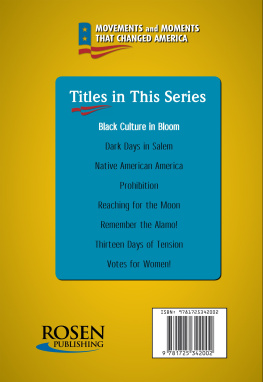
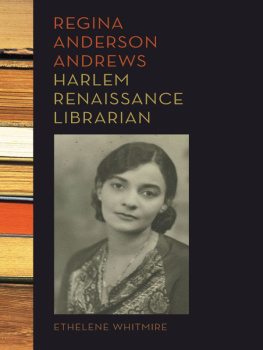

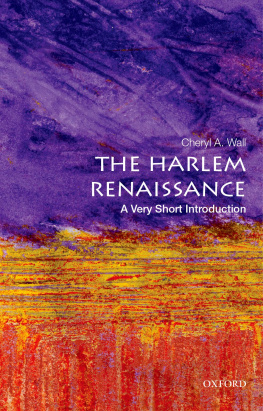

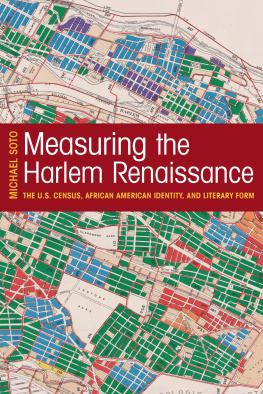
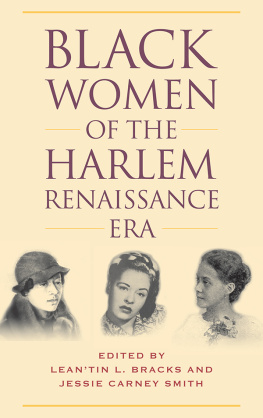
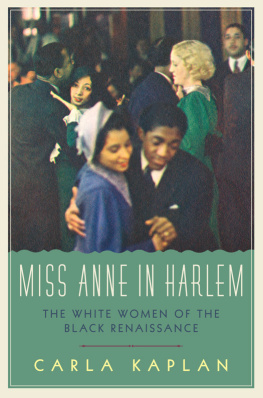

 This book is printed on acid-free paper.
This book is printed on acid-free paper.